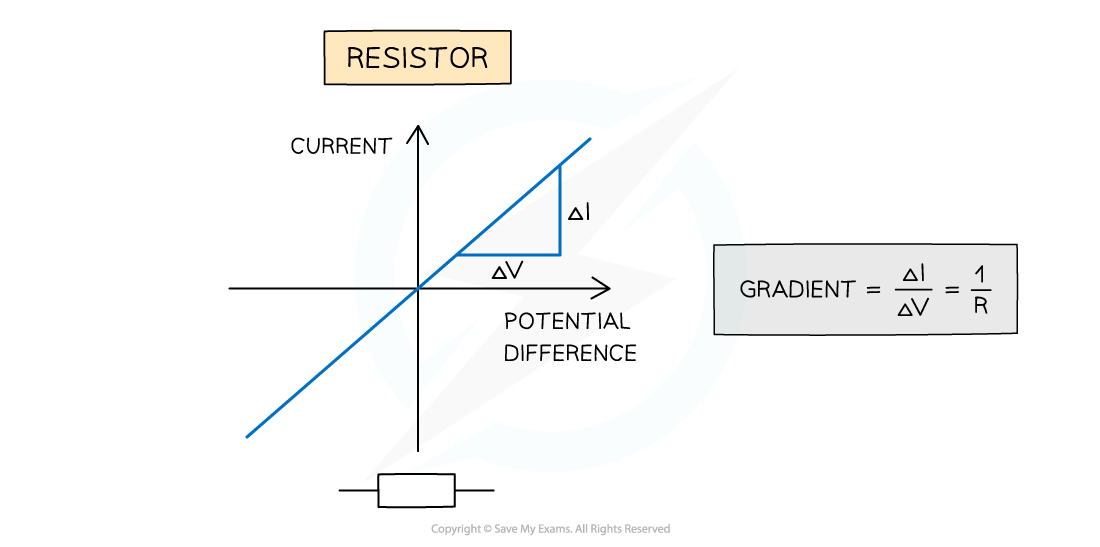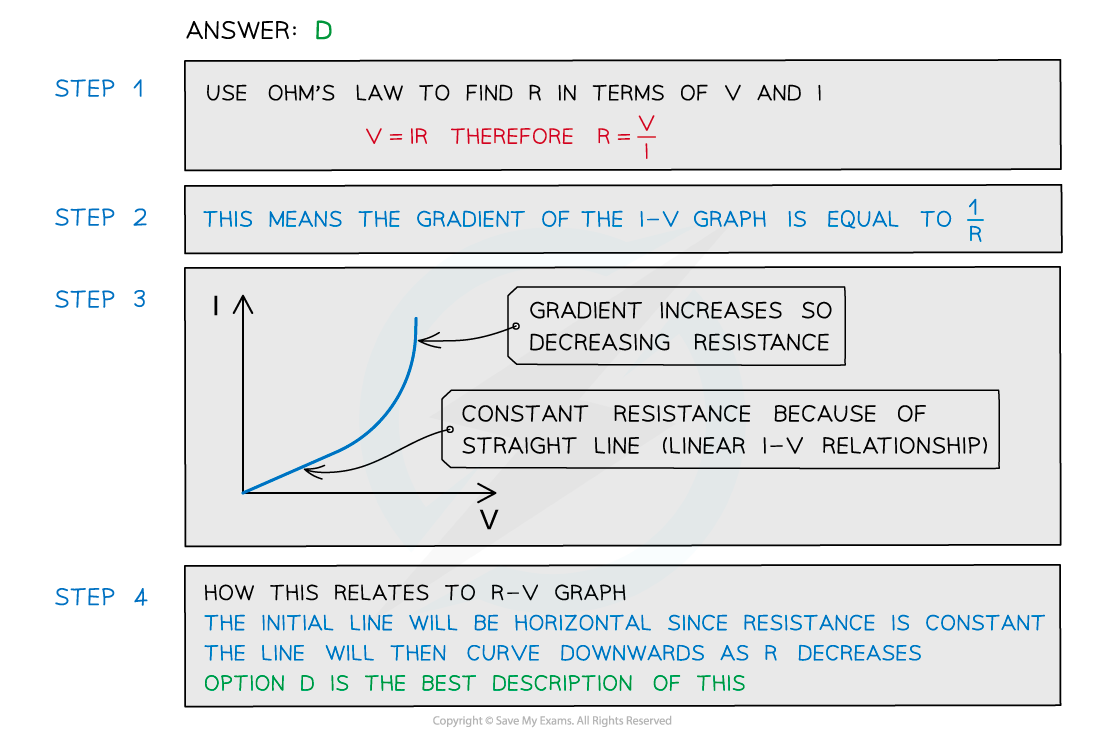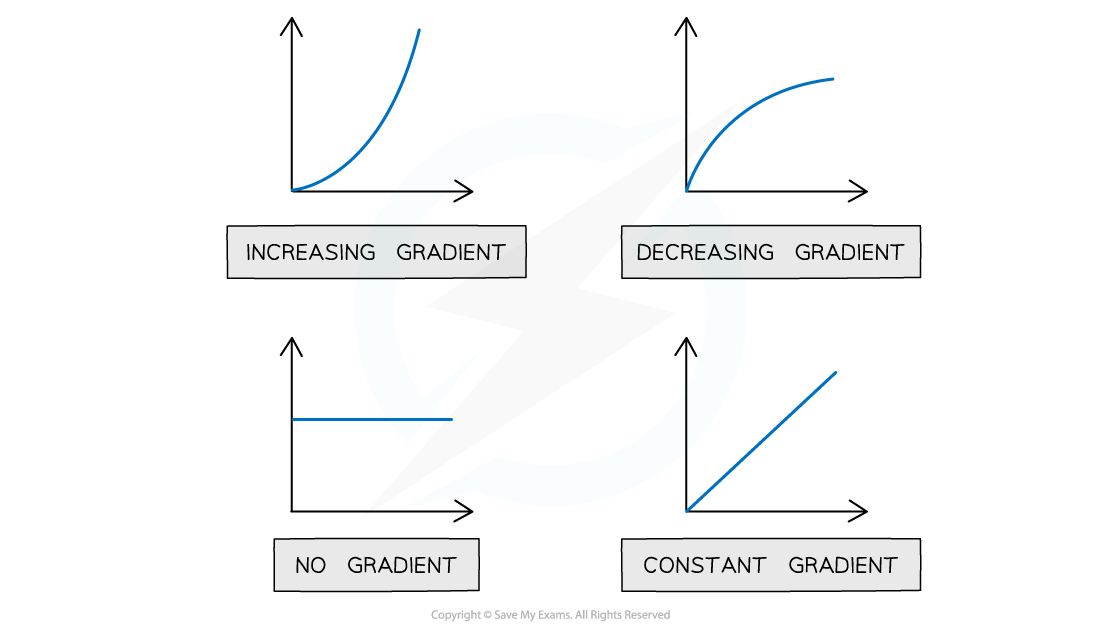Ohm's Law (Edexcel International A Level (IAL) Physics): Revision Note
Exam code: YPH11
Defining Resistance
Resistance
Resistance is defined as the opposition to current
It is further defined by Ohm's Law, which says that the resistance of a conductor is given by the ratio of potential difference across it to the current flowing in it
For a given potential difference, then, the higher the resistance the lower the current

Resistance of a component is the ratio of the potential difference and current
Resistance is measured in Ohms (Ω)
An Ohm is defined as one volt per ampere
The resistance controls the size of the current in a circuit
A higher resistance means a smaller current
A lower resistance means a larger current
All electrical components, including wires, have some value of resistance
Measuring Resistance
To find the resistance of a component, a simple circuit can be used, containing:
A power supply
A component (such as a lamp or resistor)
An ammeter in series with the component
A voltmeter in parallel with the component

A circuit to determine the resistance of a component
The power supply should be set to a low voltage to avoid heating the component, typically 1-2 V
Measurements of the potential difference and current should then be taken from the voltmeter and ammeter respectively
Finally, these readings should be substituted into the resistance equation
Worked Example
A charge of 5.0 C passes through a resistor of resistance R Ω at a constant rate in 30 s.
If the potential difference across the resistor is 2.0 V, calculate the value of R.
Answer:

Ohm's Law
Ohm’s law is defined as:
The current through a component is directly proportional to the potential difference across it, providing the temperature is constant
Constant temperature implies constant resistance
This is shown the equation below:

Ohm’s law
By adjusting the resistance on the variable resistor, the current and potential difference will vary in the circuit.
The variation of current with potential difference through the fixed resistor can be plotted on a pair of axes
This will produce a straight-line graph

Circuit for plotting graphs of current against voltage
Since the gradient is constant, the resistance R of the resistor can be calculated by using 1 ÷ gradient of the graph
An electrical component obeys Ohm’s law if its graph of current against potential difference is a straight line through the origin
A resistor does obey Ohm’s law
A filament lamp does not obey Ohm’s law
Any metal wires will follow Ohm's Law, provided that the current isn’t large enough to increase their temperature
Worked Example
The current flowing through a component varies with the potential difference V across it as shown

Which graph best represents how the resistance R varies with V?


Examiner Tips and Tricks
Resistance is used to control current. Increasing the resistance in a circuit will reduce the current. Don't get the cause and effect mixed up here. Reducing current does not increase resistance - it's the other way round!
Using graphs;
In maths, the gradient is the slope of the graph
The graphs below show a summary of how the slope of the graph represents the gradient

Graphs showing varying gradients

Unlock more, it's free!
Did this page help you?